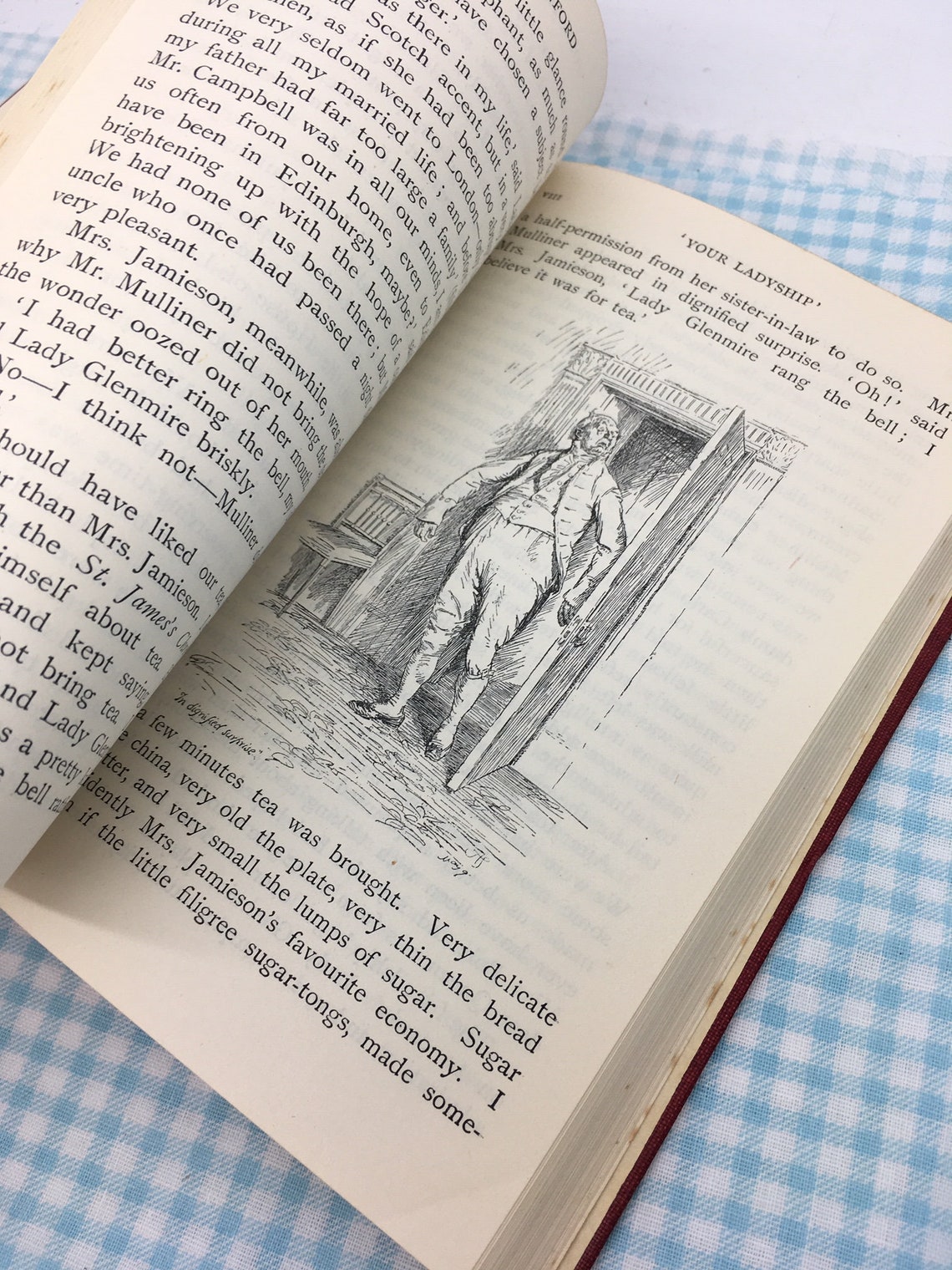

Forrester’s home and reveal their individual fears. Through Mary, Elizabeth Gaskell presents the precarious possibility of female self-expression within the patriarchal visual field.ĭuring the great Cranford panic, the Cranford ladies huddle together at Mrs.


These absences are positioned within the body of the text but represent what evades linguistic representation, simultaneously revealing and concealing the silent stories of the Cranfordians. Coupled with the episodic nature of the text, Mary’s position as a narrator reveals the significance of narrative gaps and silences in Cranford. The novel’s narrator, Mary Smith, is characterized by the unique locus she occupies-one that hovers between the partial first-person and the omnipotent third-person point of view. This essay argues that Elizabeth Gaskell’s Cranford resists the Panopticon of patriarchal authority through narrative liminality. Gilbert and Gubar’s proposal points to liminality: it suggests that in order to transcend the dichotomy of “angel” and “monster”, one has to critically analyse patriarchal frameworks and locate herself within these frameworks. The journey towards female literary autonomy is thus one in which “a woman writer must examine, assimilate, and transcend the extreme images of ‘angel’ and ‘monster’ which male authors have generated for her” (Gilbert and Gubar, 17). In the same way, overwhelming patriarchal authority haunts the female writer in the attempts to construct her own narrative. In their analysis of the Grimm tale, “Little Snow White”, Gilbert and Gubar assert that patriarchal power is able to function automatically despite the patriarch’s physical absence the King is omnipresent in “the patriarchal voice of judgment that rules the Queen’s-and every woman’s-self-evaluation” (38). Sandra Gilbert and Susan Gubar’s The Madwoman in the Attic (1979) resonates with Foucault’s notions about the reproduction of power, focusing on female authorship in the nineteenth-century.

In other words, the individual internalizes his/her position as an object of vision and manifests this awareness through self-surveillance. One primary aim of Panoptic surveillance is “to induce in the inmate a state of conscious and permanent visibility that assures the automatic functioning of power” (201). The way in which the inmate’s cell is positioned in relation to the central tower renders an “axial visibility” (Foucault 200) of the individual while the partitions that separate each room result in a “lateral invisibility” (200) between the inmates. Foucault suggests that the Panopticon imposes “axial visibility” and “lateral invisibility” (200) as part of an overarching mechanism that “arranges spatial unities that make it possible to see constantly and to recognize immediately” (200). In Discipline & Punish: The Birth of the Prison (1975), Michel Foucault uses Bentham’s Panopticon as a metaphor to analyse the reproduction of power in societies of surveillance.


 0 kommentar(er)
0 kommentar(er)
